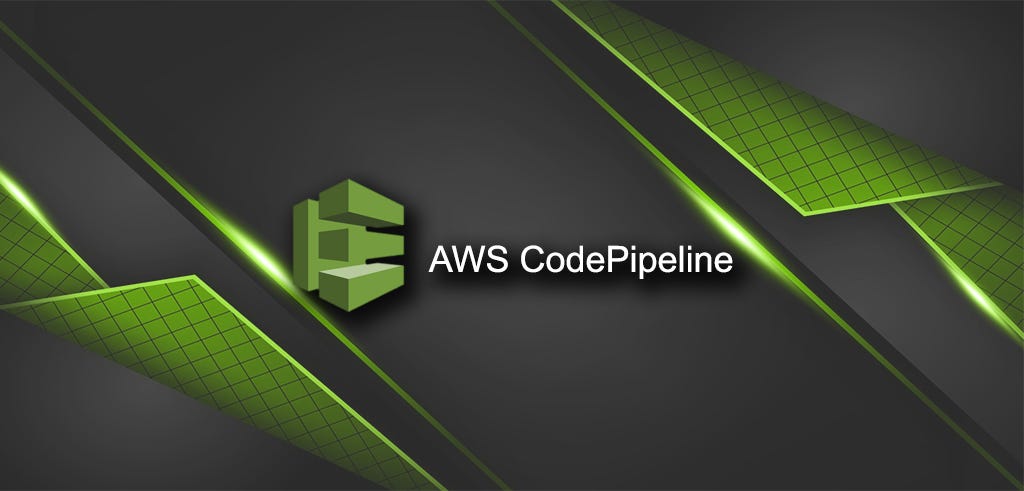A Beginner's Guide to Using Amazon CodePipeline in AWS
 Sumit Mondal
Sumit Mondal
Introduction:
Amazon CodePipeline is a powerful and versatile service offered by Amazon Web Services (AWS) that automates the process of building, testing, and deploying your applications. Whether you're a seasoned developer or just starting with AWS, this guide aims to provide a simple and easy-to-follow introduction on how to use Amazon CodePipeline to streamline your development workflow.
What is Amazon CodePipeline?
Amazon CodePipeline is a continuous integration and continuous delivery (CI/CD) service that automates the steps involved in releasing software changes. It allows you to model, visualize, and automate your software release process.
Getting Started:
Sign in to the AWS Management Console:
- Navigate to the AWS Management Console and log in with your AWS credentials.
Access CodePipeline:
- Once logged in, find the CodePipeline service under the 'Developer Tools' section and click on it.
Creating a New Pipeline:
Click on 'Create pipeline':
- In the CodePipeline console, click on the 'Create pipeline' button.
Configure pipeline settings:
- Provide a name for your pipeline and choose a service role that allows AWS CodePipeline to perform actions on your behalf. Click 'Next' once you've configured these settings.
Add source stage:
- Choose the source provider for your code, such as AWS CodeCommit, GitHub, or Amazon S3. Follow the prompts to connect your source repository.
Add build stage:
- Select the build provider for your application, such as AWS CodeBuild. Configure the build settings and move on to the next step.
Add deployment stage:
- Choose the deployment provider for your application, like AWS Elastic Beanstalk or AWS Lambda. Configure the deployment settings accordingly.
Review and create:
- Review your pipeline configuration and click 'Create pipeline' to finish the setup.
Understanding the Pipeline Flow:
Source Stage:
- This is where your application code resides. It can be in a version control system like Git, or an S3 bucket.
Build Stage:
- CodePipeline uses a build provider (e.g., AWS CodeBuild) to compile and package your source code into deployable artifacts.
Test Stage (Optional):
- Integrate testing tools or scripts here to ensure the quality of your code before deployment.
Deployment Stage:
- This is where your application is deployed to the chosen AWS service, be it EC2, Lambda, or others.
Monitoring and Troubleshooting:
Pipeline Execution:
- Monitor the progress of your pipeline in the CodePipeline console. You can view details of each stage and take action if issues arise.
Logs and Notifications:
- Use AWS CloudWatch Logs to check detailed logs of each stage. Set up notifications to be alerted about pipeline failures or successes.
Conclusion:
Congratulations! You've successfully set up your first Amazon CodePipeline in AWS. This automated workflow will save you time, reduce errors, and make your development process more efficient. As you become more familiar with CodePipeline, you can explore advanced features and optimizations to further enhance your CI/CD pipeline. Happy coding!
Subscribe to my newsletter
Read articles from Sumit Mondal directly inside your inbox. Subscribe to the newsletter, and don't miss out.
Written by

Sumit Mondal
Sumit Mondal
Hello Hashnode Community! I'm Sumit Mondal, your friendly neighborhood DevOps Engineer on a mission to elevate the world of software development and operations! Join me on Hashnode, and let's code, deploy, and innovate our way to success! Together, we'll shape the future of DevOps one commit at a time. #DevOps #Automation #ContinuousDelivery #HashnodeHero